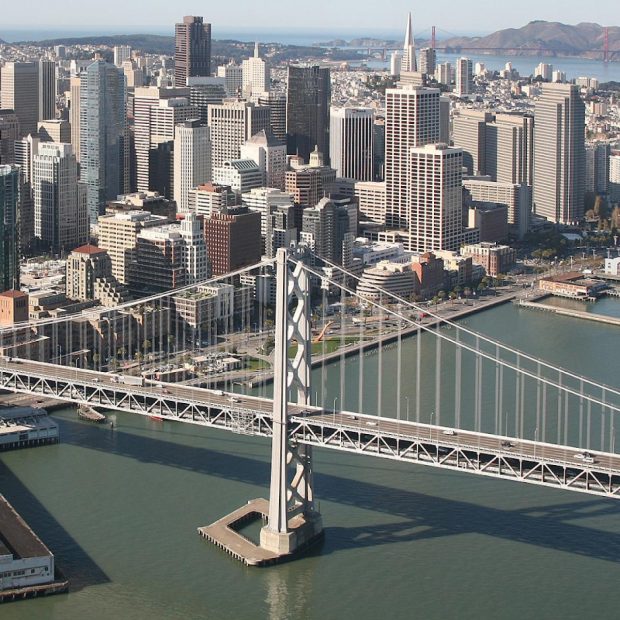
The coronavirus pandemic has profoundly altered people’s work, daily routines, and shopping behaviors. The most significant impact is arguably on the realm of work, with employees experiencing the unprecedented opportunity to work remotely for extended periods.
This shift has prompted many urban residents to contemplate relocating outside city limits. Although the volume of such relocations has decreased post-pandemic, individuals persist in seeking the flexibility of remote work or a hybrid model. This trend is reshaping major cities, leading to a noticeable surge in vacant office and retail spaces since 2019. In terms of housing in the hearts of megacities, prices, if increasing, are doing so at a less rapid pace compared to the cozy suburbs and smaller urban areas.
How long will the decline in real estate values persist in megacities? To address this question, experts from the McKinsey Global Institute have formulated various scenarios examining shifts in demand for office and retail spaces. According to these scenarios, by 2030, the demand for such real estate will lag behind the 2019 figures. Experts argue that commercial real estate market changes mirror broader trends like automation, demographic shifts, urbanization, and digitalization. In constructing a model for commercial real estate market behavior, they have taken into account all these factors and many more.
McKinsey’s analysis primarily focused on the world’s largest cities: Beijing, London, New York, Paris, Tokyo, Houston, Munich, San Francisco, and Shanghai. Experts scrutinized trends both in the central areas of these cities and in the corresponding agglomerations. Additionally, they analyzed trends in another 17 metropolitan regions across six countries, offering a more comprehensive understanding of the current state of the global commercial real estate market.
READ: Whose Wealth is Estimated at $100 Million or More: New Yorkers’ Neighbors on This List
One of the primary factors influencing prices is the surge in remote work popularity. Despite the pandemic’s conclusion, most employees spend significantly less time in the office than before. At the peak of lockdowns in early 2020, office attendance in cities plummeted by 90%. Although it rebounded, it never reached pre-pandemic levels; today, there are, on average, 30% fewer employees in offices than before.

The trend toward a hybrid work format appears reflected in a waning interest in apartments and houses in the centers of large cities. From 2020 to 2022, the population of central New York City decreased by 5%, and 7% of residents left downtown San Francisco. Meanwhile, the population of the suburbs of these and other megacities increased or, at the very least, did not decrease.
These trends are impacting the demand for office space. In the US, from 2019 to 2022, the average price per square foot (0.093 sq. m.) of office space fell by 20%. Similarly, the cost of rent per square foot for office real estate decreased by 22%. According to McKinsey’s scenarios, demand for office space will not return to pre-pandemic levels by 2030. On average, by 2030, demand for such premises will drop by 20% compared to 2019. This is an optimistic scenario, and there is a possibility that by 2030, demand for office space will decrease by 28% compared to pre-pandemic levels. This is likely to impact the cost of office space: under favorable conditions, prices will fall by 26%, and under unfavorable conditions, by 42%.

READ: Sea Next to Your House: 5 Tips to Choose the Right Property in Dubai
McKinsey suggests that the future belongs to hybrid buildings that can be easily adapted for different purposes. These facilities will be in demand. Imagine a building that could be converted from a medical center to a hotel or apartment complex. Such designs are feasible from the point of view of architecture and design. Technology will also come to the aid of owners: now, using sensors and data analysis, it is possible to study in detail how tenants and visitors use the building. This information allows you to change the purpose of the premises following market conditions.
Like us on Facebook for more stories like this: